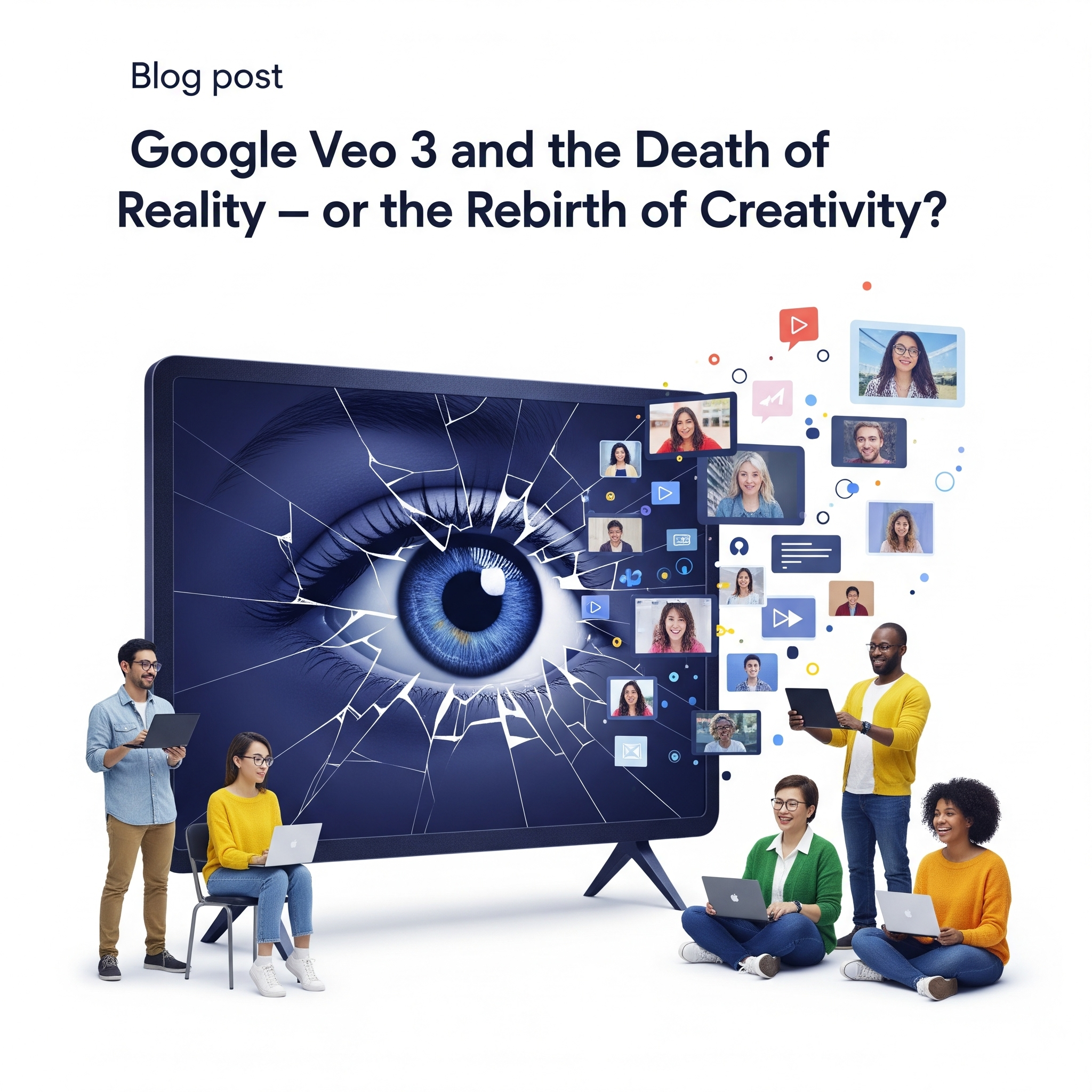If you've been on Instagram, YouTube, or just about any social media platform recently (and let's be honest — you probably have), chances are you've come across Google's mind-bending new AI tool: Veo 3. Unveiled at Google I/O 2025, Veo is already turning heads — and raising eyebrows.
Currently rolling out to Google AI Pro and Ultra subscribers in over 70 countries, Veo 3 brings something we've never quite seen before: cinematic-quality video generation from simple text prompts. In the U.S., access is limited (for now) to Google AI Ultra users — at a hefty $249.99/month.
But what makes Veo truly revolutionary isn't just the realism — it's the accessibility. For the first time, ordinary people can create Hollywood-style videos without expensive gear, big crews, or even basic editing skills. The playing field just got leveled — and maybe, rewritten entirely.
The Social Media Backlash
While scrolling through some Instagram reels in the morning, I saw a lot of posts about how "Veo 3 is dangerous", "Completely changed social media as we knew it", "Erased the line between reality and AI generation", "Made dead internet theory real" etc., which made me question the true worth of the tool and whether the tool is truly as dangerous as the social media made it seem.
The Hidden Safety Feature
After I did some research I found something that the posts on social media (and not a single one at that) mentioned, that each frame of a video clip generated by Veo 3 has SynthID Watermarking. SynthID is a digital watermarking technology developed by Google DeepMind that invisibly tags AI-generated content to help identify and trace it.
This means all videos generated with Veo are marked with a digital watermark embedded in each frame, indicating that the videos are AI-generated. This is a safety measure to combat misinformation.
The Irony of Misinformation
This made me realize the irony of such posts. Even without AI generations there is already so much misinformation floating on the internet (like the posts about Veo 3), that blaming the rise of misinformation and spread of lies on an AI tool that has not even made its debut is unfair.
These posts strike fear in the minds of people who do not belong to any technical background making them think that AI tools are dangerous and not to be used and trusted. That fear-driven backlash creates challenges for the developers who work day and night to make such tools to help the public be more efficient and have more options to show their creativity and achieve what they want — a critical issue I talked about in my earlier blog.
Responsibility and Ethics
The spread of misinformation is nothing new, and it certainly isn't limited to AI tools. People who intend to spread falsehoods will find a way — AI or not. As intellectual beings and responsible citizens, it's our duty to prevent such content from spreading like wildfire, and to share only what we've verified through thorough research.
While it can be misused to create and spread false content, Google's developers are clearly aware of the ethical concerns and are working to make it as safe as possible — not just with SynthID, but also by restricting prompts that request sensitive information.
The Bright Future Ahead
But enough debate about the negatives — it's time to appreciate the incredible, future-shaping possibilities Veo 3 offers. Just a few years ago, who would have imagined we could create high-quality video clips — complete with audio and lip-syncing — using only a prompt and some images?
Pair Veo 3 with Google Flow, and you've got the ultimate video creation combo — no expensive gear, no big crew.
Soon, people from even the most remote regions will be able to showcase their talents from anywhere in the world, empowering individuals to highlight their strengths, advertise their products and services, and let their creativity shine.
The future isn't just generated — it's created by those bold enough to imagine it.
